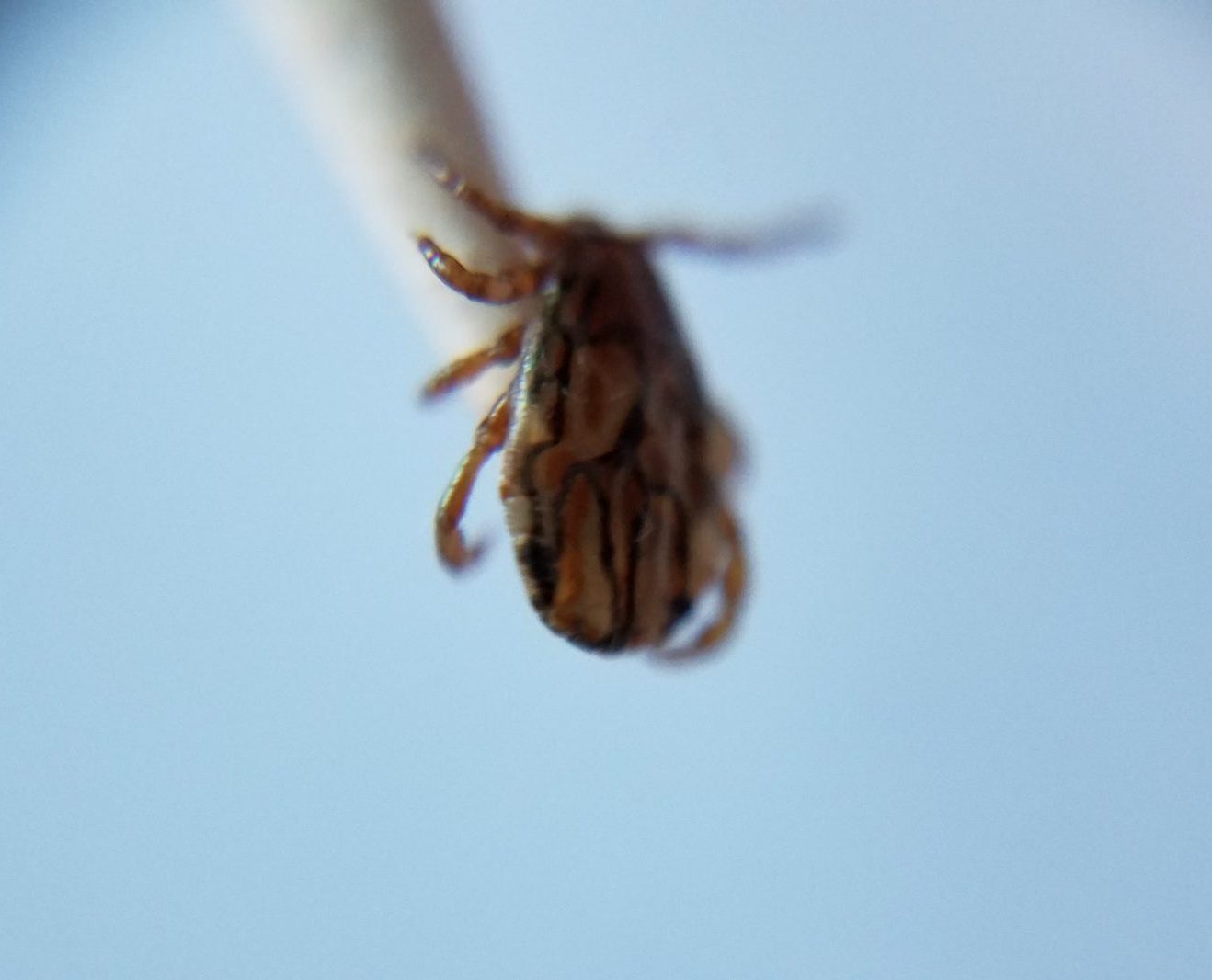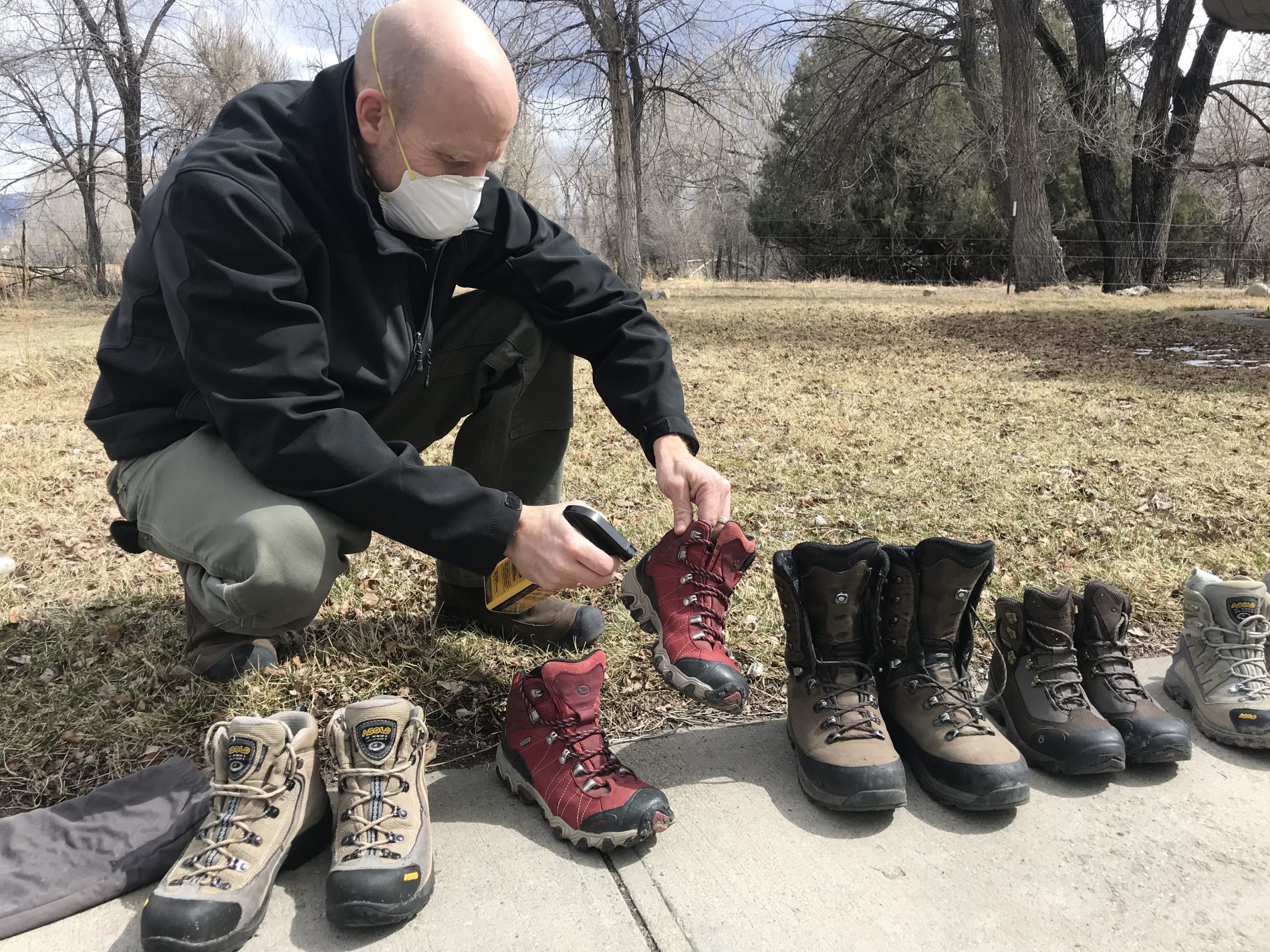Preventing Tick Bites
[vc_row][vc_column width="2/3"][vc_column_text] Prevention Recommendations Prevention is Key Prevention is key to avoiding Lyme and other tick-borne diseases and conditions! Ticks are capable of transmitting multiple pathogens that can cause more than one illness in just a single bite. They can also cause several tick-borne illnesses/conditions that are not infections. Your risk of contact with these vectors and potential exposure to multiple diseases/conditions, varies regionally throughout the United States and the world. Every season is potential tick season. Ticks can remain active even when there is snow on the ground and temperatures drop. Practice tick safety year-round especially in more mild or temperate climates. We encourage enjoyment of the Colorado outdoors and beyond, but we urge you to increase awareness and to take precautions to keep you, your children, and...










